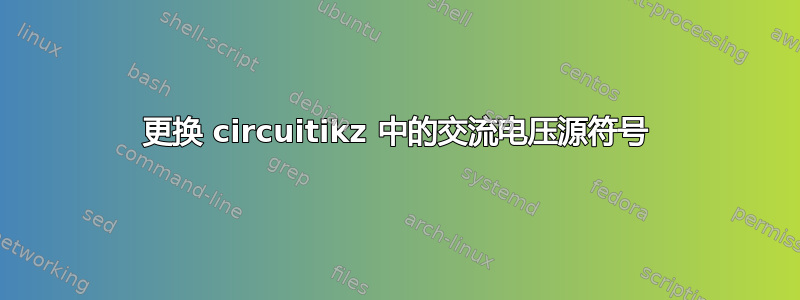
答案1
如果你经常使用这种符号,你可以复制并修改正方形源的低级代码。但另一种方法是使用空源,然后在其上绘制你想要的符号。
在以下示例中,我使用宏来执行此操作,以便您可以轻松地重复使用它(只需命名源并使用名称调用宏)。如果需要/想要,您必须手动旋转符号(我为其添加了一个可选参数)。
\documentclass[border=10pt]{standalone}
\usepackage[T1]{fontenc}
\usepackage[siunitx, RPvoltages]{circuitikz}
\newcommand{\drawpulse}[2][0]{% draw a pulse inside an empty source
\begin{scope}[rotate=#1]
\draw (#2.center) ++(-3mm, -2mm) -| ++(2mm,5mm)
-- ++(2mm,0mm) |- ++(2mm, -5mm);
\end{scope}
}
\begin{document}
\begin{tikzpicture}[american]
\draw (0,0) to [esource, name=pulse1, v=$V_p$] ++(0,2)
to[esource, name=pulse2, v=$V_h$] ++(2,0)
to[esource, name=pulse3, v=$V_v$] ++(2,0);
\drawpulse{pulse1}
\drawpulse[-90]{pulse2}
\drawpulse{pulse3}
\end{tikzpicture}
\end{document}
您可以通过改变宏中的距离来调整精确的形状\drawpulse。





